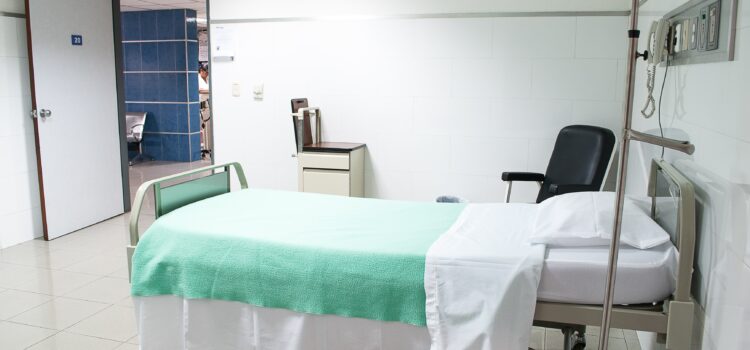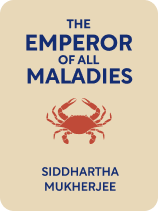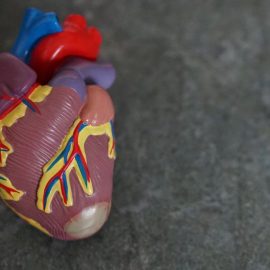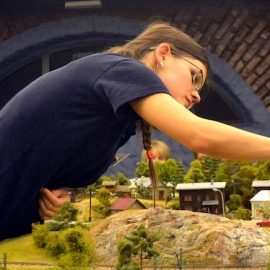

This article is an excerpt from the Shortform book guide to "The Emperor of All Maladies" by Siddhartha Mukherjee. Shortform has the world's best summaries and analyses of books you should be reading.
Like this article? Sign up for a free trial here .
How does chemo work in treating cancer? Why is chemotherapy so harmful?
Chemotherapy uses powerful yet toxic drugs to destroy malignant cancerous tumors. However, drugs don’t discriminate between cancerous cells and healthy cells, which is why chemotherapy has so many side effects.
Keep reading to learn about chemotherapy, how it works, and why it’s so harmful.
Discovering Chemotherapy
Chemotherapy is a cornerstone of cancer treatment even today. Many of the major advancements in recent decades have centered around making chemotherapy more effective—more reliably sending patients into remission, as well as preventing relapses.
Mukherjee says that the first case of chemotherapy truly curing cancer happened in 1956. An oncologist named Min Chiu Li tracked the progress of a patient’s cancer by measuring a chemical the cancer cells secreted, rather than observing visible tumors.
Li continued treatment until that chemical marker was completely gone, which required many more doses over a much longer time period than treatment based on tumor observation. Although other doctors argued that he was being cruel and hurtful—continuing to administer nauseating and toxic drugs for no reason—Li’s patient never relapsed.
Several new discoveries showed that curing cancer usually requires—at minimum—using a combination of different treatments, and continuing the treatment regimen until all signs of cancer are gone.
A series of trials from 1957-1962 showed that drug cocktails (mixtures of multiple drugs) are significantly more effective than individual drugs. Unfortunately, according to Mukherjee, using multiple drugs also increases the danger to the patient: Drugs can’t distinguish between diseased cells and healthy ones, so more potent treatments kill more of both types of cells.
Mukherjee writes that, in addition to combining drugs in chemo cocktails, doctors began using chemotherapy and radiation therapy together. Sidney Farber—the pathologist who studied childhood leukemia—was the first to try this approach, in 1958. He treated Wilms’ tumor (a type of kidney cancer that often spreads to the lungs) with a combination of X-rays and a drug called actinomycin D. Farber found that the combination was significantly more effective than using either treatment alone.
Around the same time, a researcher named Howard Skipper discovered that chemotherapy kills cancer cells in clear fractions of whatever remains: For instance, the first treatment might take the number of cancer cells in a patient from 1000 to 100, the second from 100 to 10, the third from 10 to 1, and a fourth round of chemotherapy finally takes the number to zero (remember that even a single surviving cancer cell can rapidly divide and cause the patient to relapse).
| How Does Chemo Work in Treating Cancer? Given that chemotherapy can’t distinguish between diseased cells and healthy ones, it would be reasonable to ask how it can cure cancer without killing the patient as well. In simple terms, it works because cancer cells grow and divide so rapidly—chemotherapy targets cells at particular stages of their life cycles, and the cancerous cells go through those cycles much more quickly than (most) healthy cells. Therefore, the diseased cells die off sooner than the healthy ones. Incidentally, this also explains many of chemotherapy’s side effects. Cells that normally reproduce quickly also die off, such as white blood cells (leading to immunosuppression) and intestinal cells (leading to nausea and digestive problems). |

———End of Preview———
Like what you just read? Read the rest of the world's best book summary and analysis of Siddhartha Mukherjee's "The Emperor of All Maladies" at Shortform .
Here's what you'll find in our full The Emperor of All Maladies summary :
- An overview and rough timeline of the fight against cancer
- A look into the more technical aspects of cancer and cancer treatment
- The social aspects of the fight against cancer






